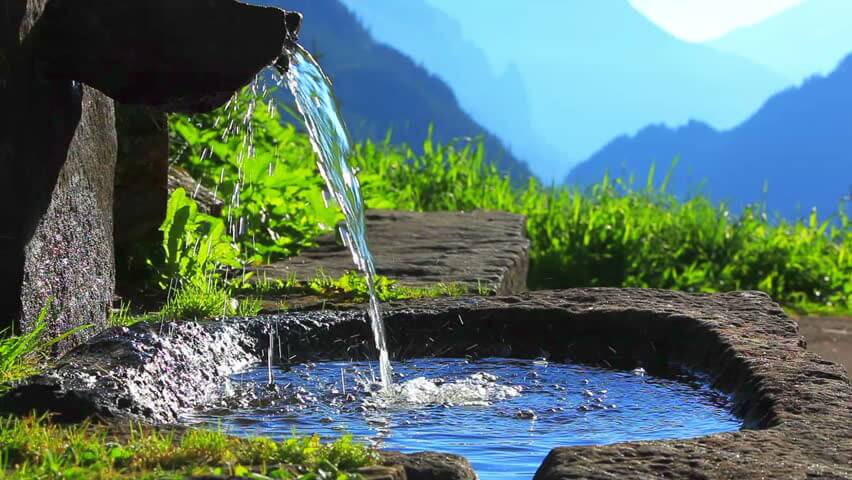Istria is a popular peninsula on the southwest part of the Croatian coast. Even though it is a symbol of Croatian tourism, more and more people choose to visit it year after year. In times of severe climate changes, natural disasters and diseases, basic sources like tap water are becoming a reason for concern.
That’s why, in this article, we’re bringing you a complete overview of Istria’s water resources, the latest quality info and an answer to the burning question: “Is tap water in Istra good for drinking?”
Overview of Istra"s tap water source
The source of the tap water you are served depends on the location of Istria you are currently in. There are three main water sources on this peninsula, and they are all based on the Mirna River. If you’re visiting with family or a partner, taking some time to explore the amazing pathway this river has carved gives you a whole other perception of Istria.
St. John (Sveti Ivan) is a source coming from the lower part Mirna River. It’s located near Buzet, a small town in the heart of Istria. This source has been used for almost a hundred years now.
The next one is Butoniga, a lake on the left side of the river, next to the town of Motovun. This is the youngest source, working from 2015.
The third water source is Gradole, another source on the left side of Mirna.
These three water sources, together with the Bulaž, which serves as a storage for the St. John source, provide the Istrian peninsula with fresh spring water. Now that we’ve covered the locations of sources, it"s time to investigate the quality of the water.

Quality testing and regulations
Different towns in Istria all get the water from the sources mentioned above. All the collected water goes through the strictly regulated process of purification. That"s because the springs are located within the karst ground, which tends to fall off into the water. The quality of water tends to fall during big rainstorms, but that is usual in almost all water supply systems.
Istrian Water Supply Organization puts in great efforts to secure the best water quality for the people on the peninsula. They have collected several certificates of quality, from the ones for operating on great technology levels to those for being ecologically aware.
Certificates such as ISO 14001 and 50001 are a guarantee of checked quality and systems that operate with GPS and remote control regulations level up the way they regulate the water supply.
Consumer tips and recommendations
When coming to Istria, there are a few tips for getting the best out of the Istrian water. Your accommodation in Istria should have a source of tap water.
If you’re coming during the stormy weather, make sure to check out the transparency of the water. When there’s a prolonged rain period, water tends to mix with the mud from the soil, causing the blurring of the water.
Always have a big water bottle prepared in case the water has a “funky” taste. Trust your senses more than the advice of others.
Lastly, when opening the tap, leave the water to run for a few seconds. This is a traditional method, very probably based on superficial beliefs that the primary stream is not as good as the water that comes out after it has been running for a while.

So, is Istrian water good for drinking?
After investigating the quality and source of the tap water in Istria, it is safe to say that the water is generally safe to drink. Water supply organization monitors the filtration of the water, keeping the quality at the top level. However, it’s always good to follow your gut instinct when drinking tap water, because you never know when dysfunctions of the water supply system may occur. Stay hydrated!